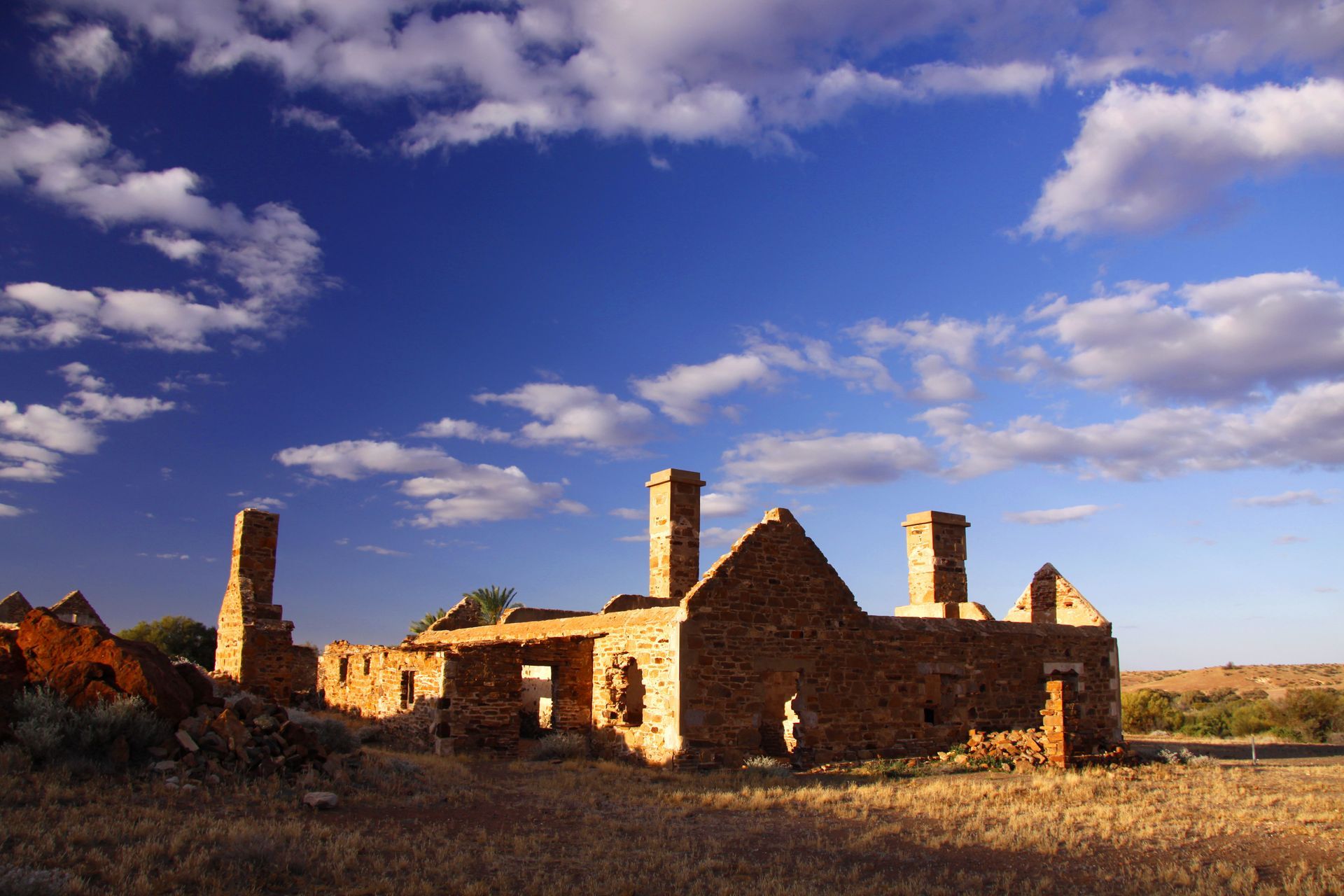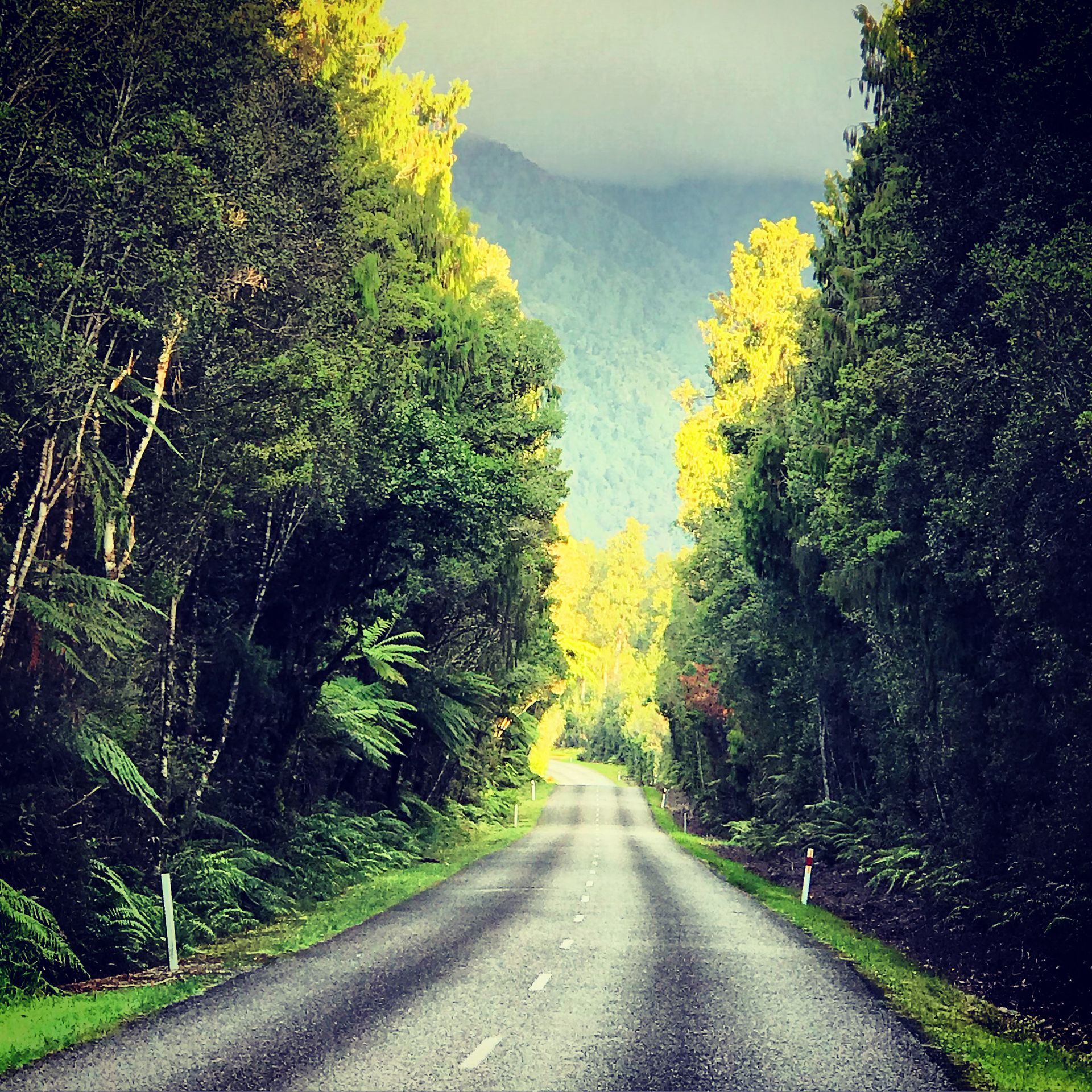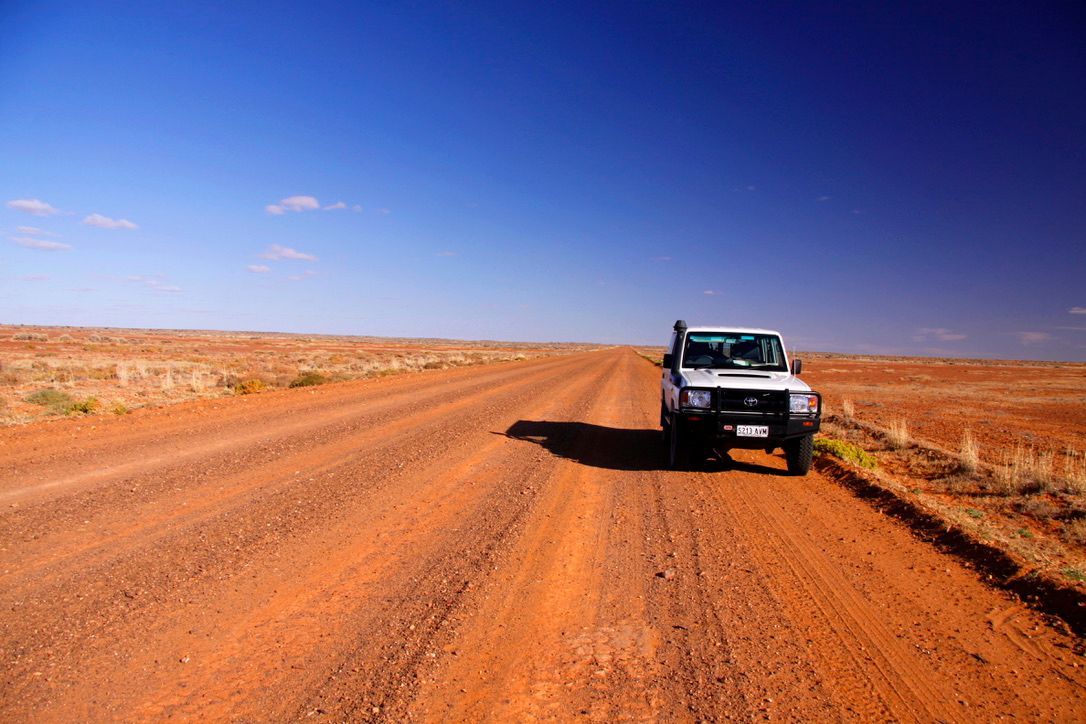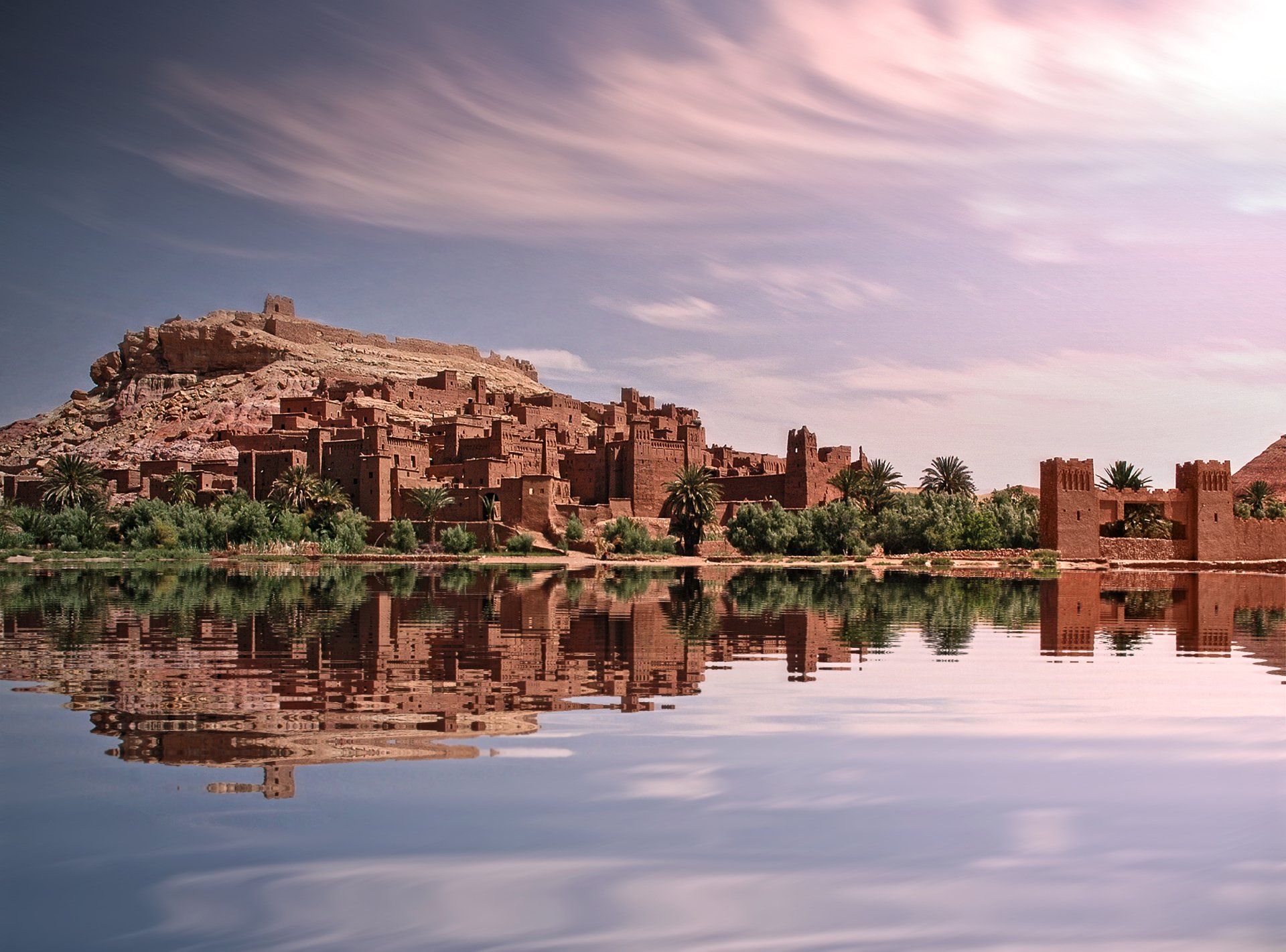There is a simplicity and decency in a military burial, even in its plainest form…
I am not the first Blakiston in India. My ancestor, Major John Blakiston, served as an officer in both the British Army and the East India Company from 1802 until 1814. His book Twelve Years Military Adventures in Three Quarters of the Globe gives a fascinating insight into life on the sub-continent as a soldier. Blakiston served under Arthur Wellesley, later to become the Duke of Wellington, during the Second Anglo-Maratha War and the book is dedicated to the Duke with the following words:
My Lord Duke. There is no one to whom I can, with so much propriety, dedicate these memoirs, as your grace; first, as being the most distinguished ornament of the profession to which I belong; and next, because I began and ended my Military career under your grace.
Blakiston had graduated from the Royal Military Academy in Woolwich, London, in 1802. According to his entry in Hart’s Military List (an annual publication that recorded army personnel and their service records) he “proceeded to India as a cadet of the East India Company’s service being then on half-pay as a lieutenant in HM Services.
“ In 1803 he served in the campaign against the Mahrattas [sic] and was engaged in the battles of Assaya [sic] and Argaum, and at the sieges and assaults of Ahmednuggur and Gawilghur. At the suppression of the mutiny at Vellore in 1805, he directed the guns by which the gate was blown open.”
After his service in India, Blakiston spent almost a decade serving in military campaigns across the British Empire. When he left the army, he wrote several books, became a magistrate and, finally, a politician. He died on June 4th, 1867, aged 82 years (Blakistons are notoriously long-livers!) and is buried in the churchyard of St. Wilfred’s, Mobberly, Cheshire. His headstone bears the inscription:
IN MEMORY OF MAJOR JOHN BLAKISTON OF MOBBERLY
WHO DIED JUNE FORTH 1867 AGED 82 YEARS
IN YOUTH HE WAS A DISTINGUISHED SOLDIER
IN MIDDLE AGE AN ACTIVE POLITICIAN
THE PASSED THE EVENINGS OF THEIR DAYS IN RETIREMENT IN THIS PARISH
LOVED AND RESPECTED BY THEIR FAMILY AND NEIGHBOURS.
Walking among the tombs of the Park Street Cemetery I was struck by the tenderness of the inscriptions some of the tombs bore. Many of the graves were those of soldiers, mariners, and men of business who had succumbed to disease were lost at sea or who fell in battle. As was often the case, a subscription had to be raised among the victim’s peers to pay for his burial and the tomb in which he would rest for eternity.

Many of these men died far from home and from their loved ones. So it was natural that their comrades became their family. In his book, Blakiston describes a scene where a comrade is borne to his last resting place after succumbing to a disease of some kind.
“Among the victims who fell, a sacrifice to the hardships of this period was Lieutenant Rowley of the Engineers, a young man of the most admirable qualities and of first-rate talents. He was about six years my elder and had considerable experience in his profession.
“Poor fellow! He expired in my arms. To one so young as myself, and unaccustomed to such scenes, this could not but be a most painful circumstance; but independently of this, I have always viewed a soldier’s death, on any other than the bed of honour, as a most melancholy event. I could contemplate the havoc of battle with composure, for the field is a soldier’s natural death-bed: but to see that manly frame, the energies of which have been gladly executed in its country’s cause, wasting away by degrees; to see the soldier yielding by inches, and with painful reluctance, that life which he would have willingly surrender in the field of battle; to see death, which he had openly defied perhaps in many a bloody field, stealing upon him unawares, has always been to me a painful sight.
“ I followed my poor friend to the grave as chief mourner. There is a simplicity and decency in a military burial, even in its plainest form… The deceased soldier is borne to his last resting place on the shoulders of his comrades; the flag, under which he has fought and died, is the pall which covers his remains; the sword and other emblems…speak more than the most eloquent funeral oration…and the last volley seems to announce the entrance of the immortal part into the portals of eternity.”
Shafts of sunlight fall through the screen of palms and peepal trees growing in lush profusion among the tombs. The roar of the city is muted to a low hum. I can hear the ever-present gurgle of crows – the spirit keepers of India – and the chatter of the women who keep the paths swept. An artisan stone mason’s hammer keeps up a gentle, staccato tapping somewhere deep among the tombs. As a last resting place, this garden of stone is perfect.









